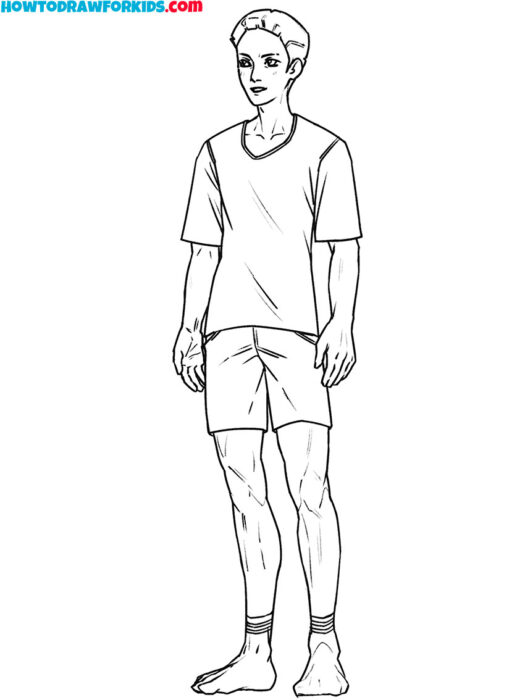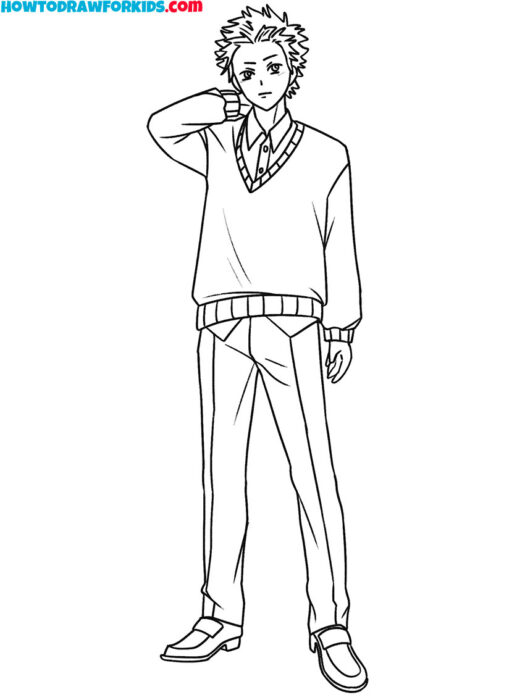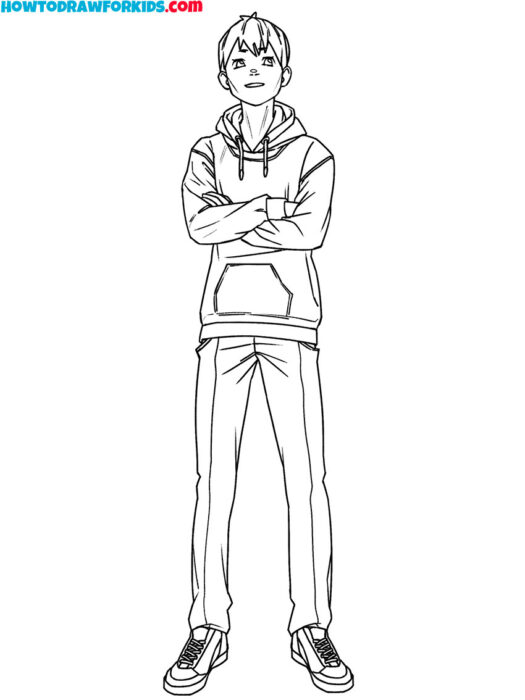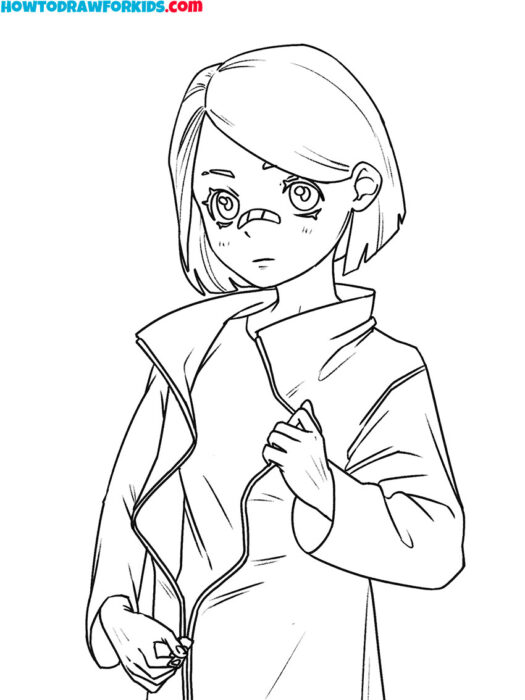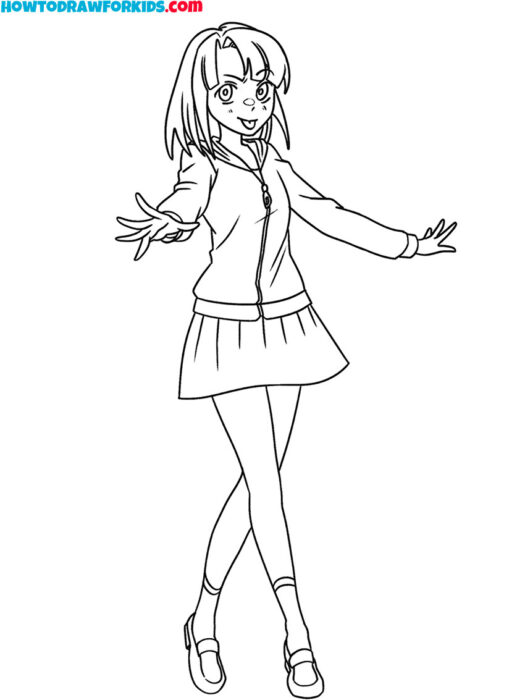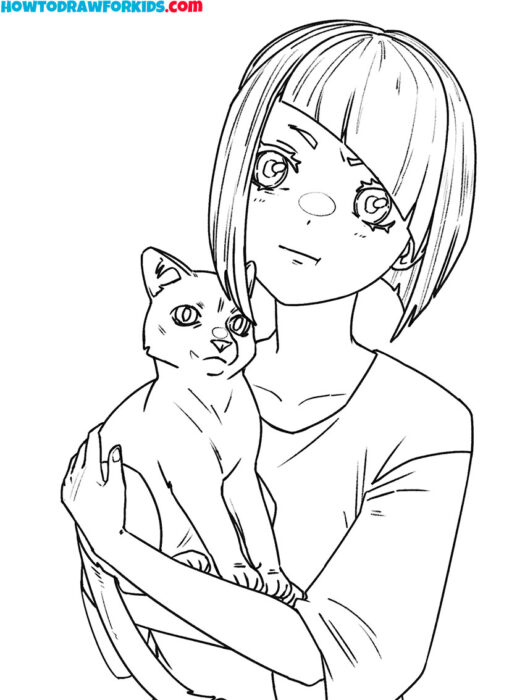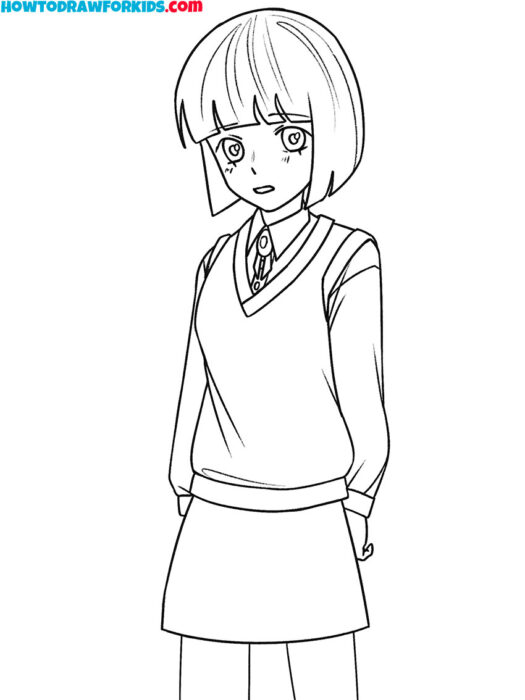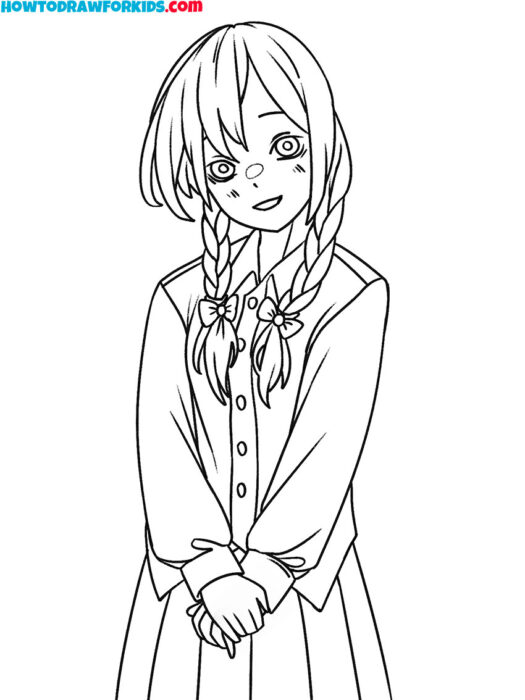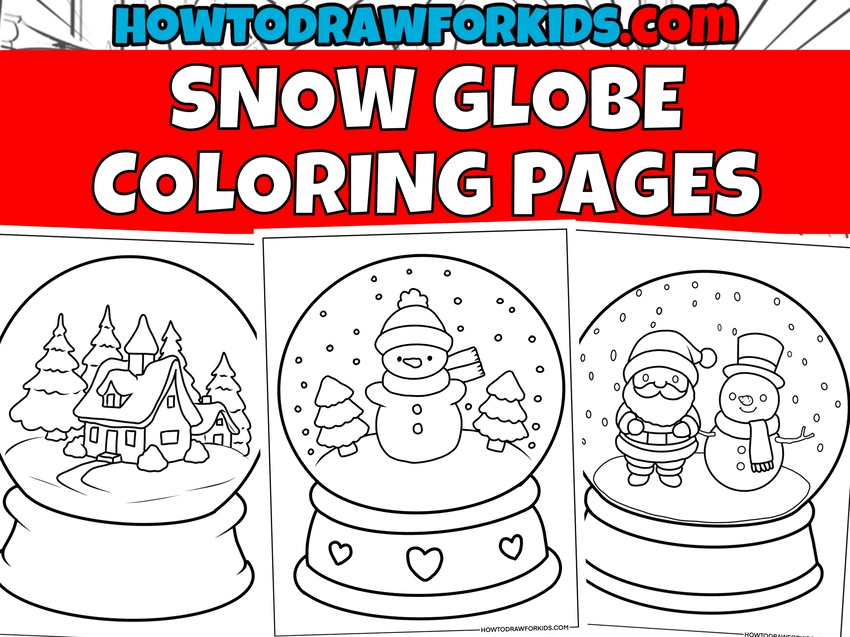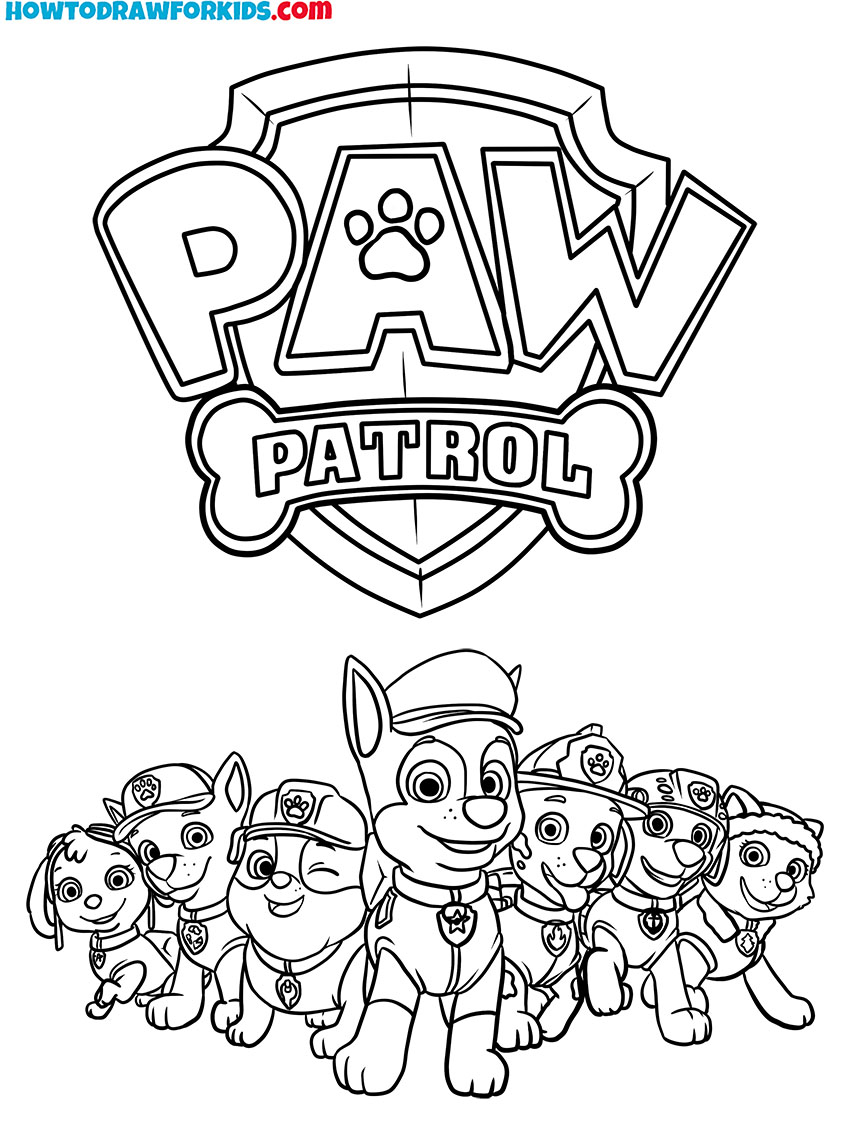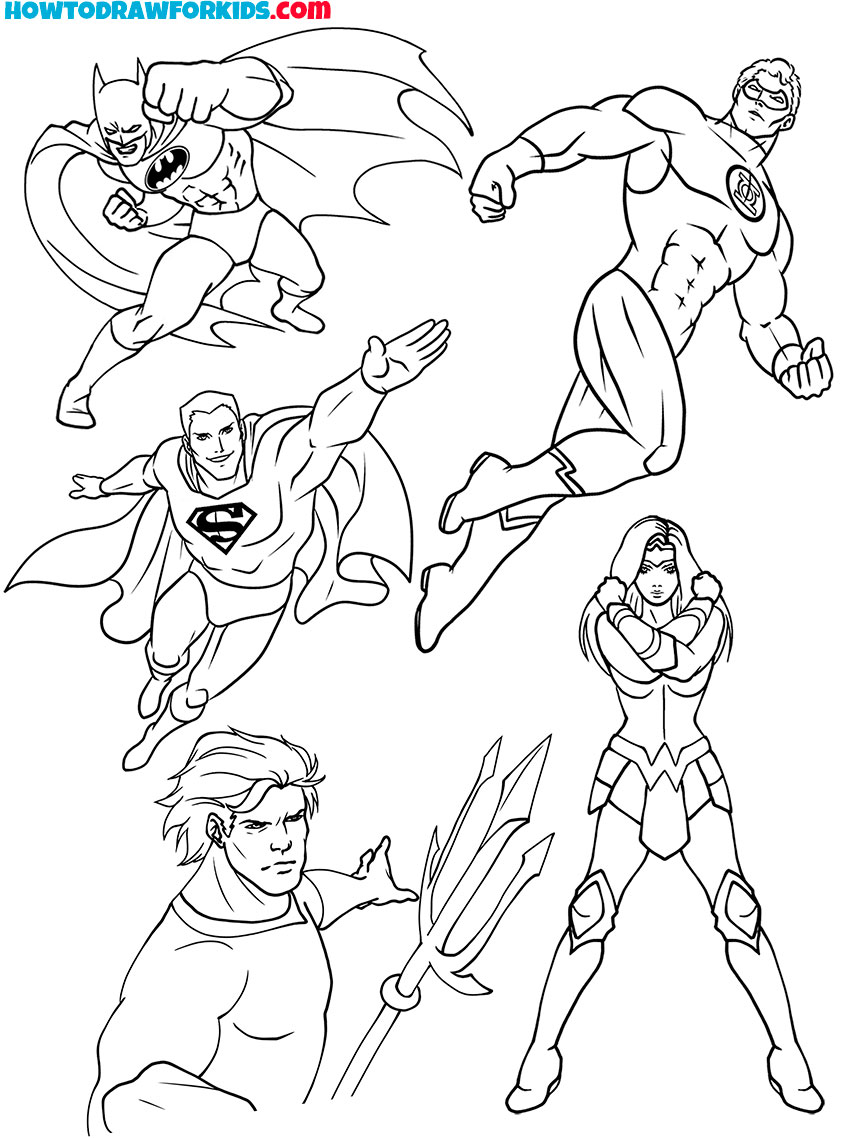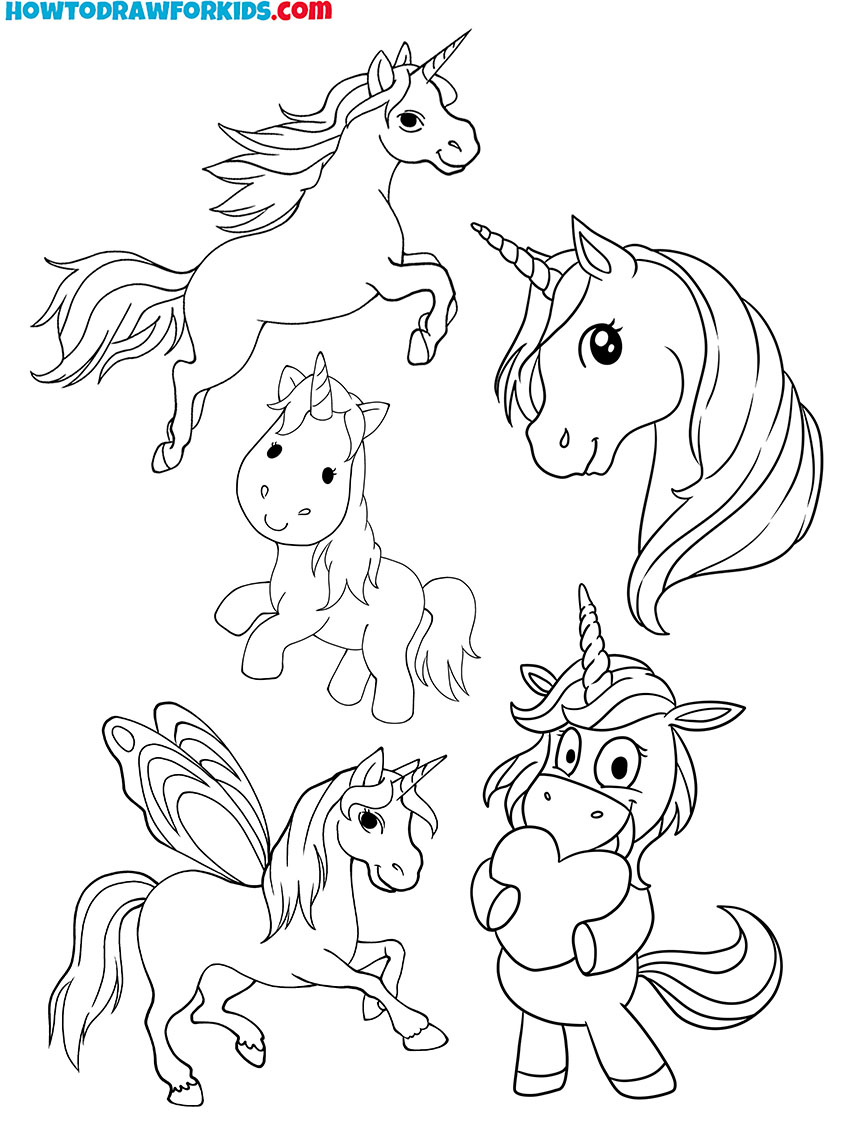Anime Coloring Pages
Let’s learn how to create vibrant and interesting anime and manga inspired artwork with my collection of anime coloring pages.
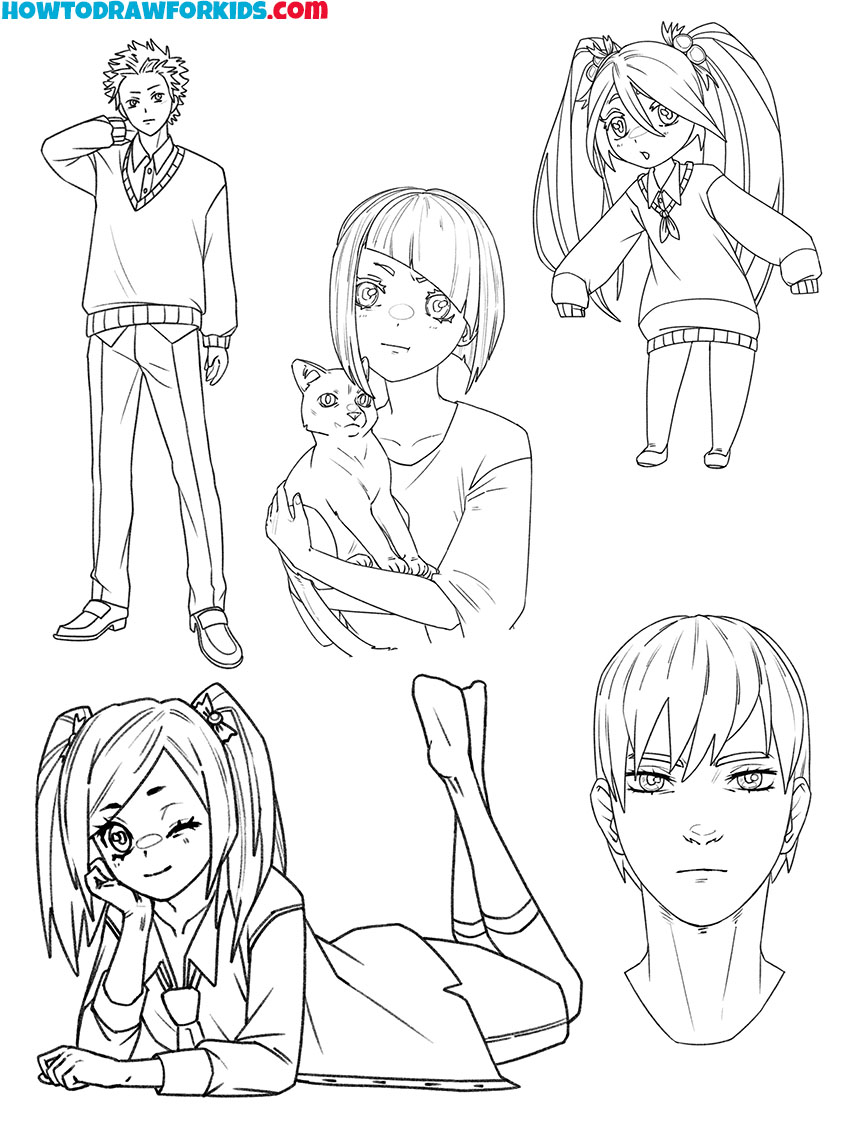
Anime Coloring Pages: Introduction
These anime coloring pages will help you to practice your coloring skills while filling in scenes and characters from various anime settings. The pages feature characters and elements commonly associated with anime, providing a range of options to experiment with color and shading.
When deciding how to color these anime characters, it’s useful to consider the different color palettes that can reflect different moods. For example, using lighter pastel colors can create a soft, peaceful appearance, while deeper, more saturated shades can create a bolder look.
The choice of colors is entirely up to you, and each color decision can significantly influence the final appearance of the image. Throughout the process, you might find it helpful to think about how various color combinations work together to improve the overall composition of the page.
As you color, it may help to focus on the individual elements of the character’s appearance. For instance, if a character is wearing a school uniform, you can consider whether to use traditional colors such as navy blue and white, or to experiment with different combinations that reflect your own vision.
It’s important to note that each scene in these anime coloring pages has been designed to provide flexibility in color choices. There’s no single “correct” way to color the page, and the designs allow you to adjust your coloring style according to your preferences.
Anime Coloring Pages
Anime Coloring Pages: Professional Tips
Coloring anime and manga is an essential aspect of completing the look of characters and scenes, whether it’s for standalone illustrations or full animations. Traditionally, manga is often produced in black-and-white, but when color is applied, certain techniques and methods create the distinct look that defines anime and manga art styles.
In today’s work, digital coloring has become the most common method, although traditional coloring with markers, paints, or colored pencils is still used by many artists.
In traditional methods, alcohol-based markers such as Copic markers are popular due to their blendability and vibrant colors. Watercolors and acrylics are also used for more detailed and nuanced effects. However, digital tools, such as Clip Studio Paint, Photoshop, and Procreate, offer more control over color application and shading.
Whether traditional or digital, artists begin by laying down base colors. These base colors are the solid, flat colors that define areas such as skin, hair, and clothing. For example, skin tones in anime tend to be smooth and even, with shades ranging from light to dark depending on the character design.
After applying the base color, shadows and highlights are added to give depth. Hair colors, on the other hand, can range from natural tones like black or brown to more vibrant, imaginative shades like blue, pink, or purple. Base colors for hair are followed by the application of highlights and shadows to create a sense of volume.
Eyes are typically one of the more detailed areas to color, often featuring a mix of base colors, highlights, and reflections to give them a bright, animated look.
Once the base colors are applied, shading and highlights will make the illustrate more voluminous. In anime and manga sharp, defined areas of light and shadow are applied rather than smooth gradients. This creates a more stylized look, often with a fixed light source to maintain consistency in the shadows.
Alternatively, some artists use gradient shading, which blends shadows more smoothly into the base color. This method is often reserved for more detailed or atmospheric scenes, where the transition between light and shadow is meant to be softer. Highlights are another crucial aspect of coloring. They are often placed on hair, eyes, or shiny surfaces to show where light hits, and they help illustrate the glossy textures that are characteristic of anime.
In digital coloring, artists usually work in layers, which helps them separate different parts of the character or scene, such as skin, hair, and clothing. Working in layers makes it easier to adjust colors or shading without affecting other elements.
Digital tools also allow for the manipulation of opacity, enabling the creation of transparent objects like glass, water, or sheer fabrics. Adjusting the opacity helps to create realistic lighting effects that add volume to the scene. Similarly, overlay layers can be used to apply lighting or shadow effects on top of the base colors without altering the original work.
Backgrounds in anime and manga are typically simpler than the characters, especially during fast-paced action scenes. This helps maintain the focus on the main figures. In some instances, a flat color or a simple gradient is used to keep the background unobtrusive.
However, more detailed backgrounds are used in settings where the environment plays a significant role in the scene. For example, in natural landscapes, layering shades of green, blue, or brown can create the effect of realism and distance. Urban settings often feature more detailed shading to show perspective between buildings and streets.
The use of color in anime and manga is also instrumental in conveying emotion or atmosphere. Bright, warm colors such as red, orange, and yellow are commonly used in energetic or positive scenes. Conversely, cooler, darker tones such as blue, green, and purple are often associated with more somber or mysterious moments. The level of saturation also affects the mood: highly saturated colors can convey intensity or excitement, while more muted tones may evoke a quieter or more melancholic atmosphere.
Conclusion
Once you’ve completed your coloring, you can find more options on my website, which offers a variety of additional coloring sheets. You might find the vegetable coloring pages interesting if you haven’t tried them yet. They provide another option for practicing your skills.
Additionally, if you’re looking to expand your skills further, there are step-by-step drawing tutorials available, including lessons on chibi and other styles of drawing. To stay informed about new coloring pages and drawing lessons, you can follow my updates on social media.

